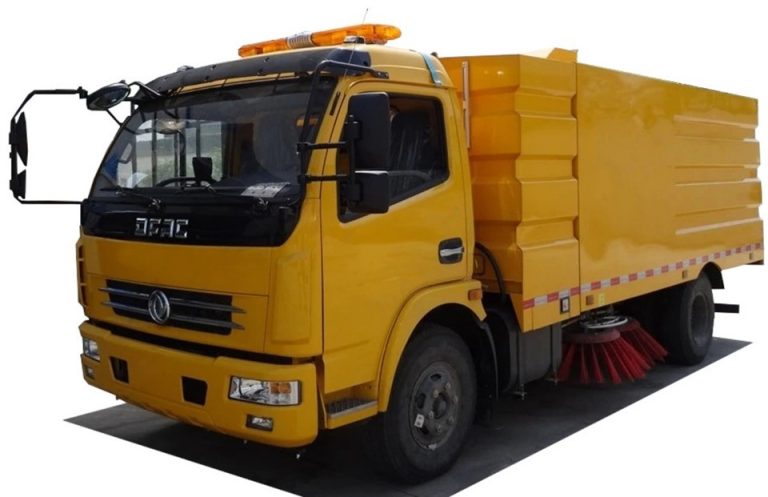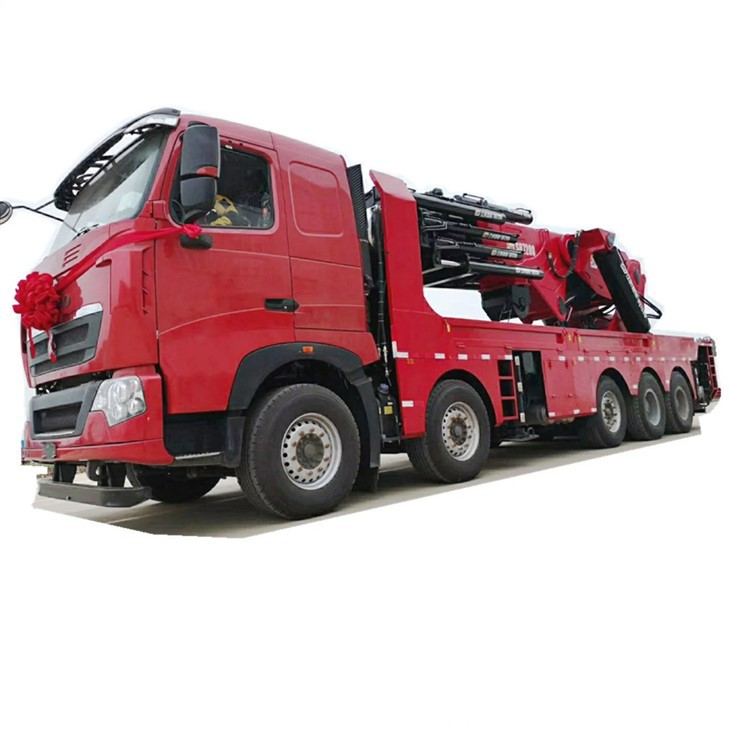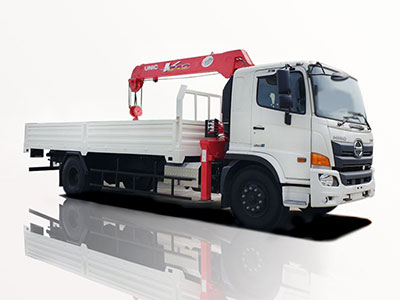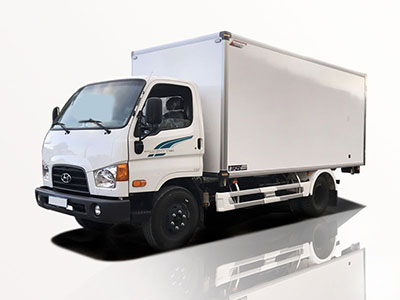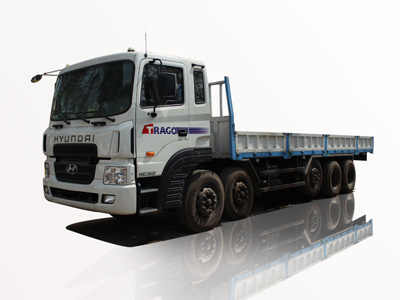Construction vehicles play a crucial role in the building and infrastructure industry. Understanding the various types of construction vehicles not only aids in selecting the right machinery for different jobs but also promotes safety and efficiency on site. In this comprehensive guide, we will delve into the various construction vehicles types, their functions, and practical tips for their use.
Table of Contents
- Introduction
- Earth-Moving Vehicles
- Construction Transportation Vehicles
- Lifting Equipment
- Paving Machinery
- Compaction Equipment
- Specialty Vehicles
- Environmental Vehicles
- Maintenance and Care
- Conclusion
- Frequently Asked Questions (FAQs)
Introduction
The construction industry is one of the most dynamic sectors, where efficiency, speed, and safety are paramount. Construction vehicles come in various types, each suited to specific tasks, making it vital to understand what is available. From digging and hauling to lifting and paving, each vehicle type has unique features and capabilities. This detailed guide aims to illuminate construction vehicle types, highlighting how they contribute to the workings of construction sites.
Earth-Moving Vehicles
Earth-moving vehicles are primarily used for transporting and moving large amounts of earth, rock, debris, and other materials. They are integral during the excavation and site preparation phases of construction.
Types of Earth-Moving Vehicles
- Excavators: Used for digging, landscaping, and demolition. They have a boom, dipper, bucket, and cab on a rotating platform.
- Bulldozers: Heavy machines with a broad blade for pushing material. They’re effective for grading, moving soil, and clearing land.
- Backhoe Loaders: Versatile machines equipped with a shovel on the front and an excavator on the back, suitable for a variety of tasks.
- Trenchers: Designed for digging trenches, mainly used for utility installation such as water or gas lines.
- Skid Steer Loaders: Compact machines ideal for small jobs, equipped with a wide range of attachments for various tasks.
Practical Examples
Utilize excavators for landscaping and grading, while bulldozers can handle debris removal. A backhoe loader is effective for utility repairs on urban sites.
Construction Transportation Vehicles
Transportation vehicles on construction sites are indispensable for moving materials, equipment, and personnel. They ensure that everything needed for a project is at the right place at the right time.
Types of Transportation Vehicles
- Dump Trucks: Used for transporting loose materials like sand, gravel, or demolition waste.
- Flatbed Trucks: Ideal for transporting large and heavy materials like beams, equipment, and pre-fabricated structures.
- Concrete Mixer Trucks: Truck equipped with a rotating drum to mix cement and deliver it to construction sites.
- Box Trucks: Enclosed trucks used to transport tools, materials, and finished products securely.
Practical Tips
When choosing a transportation vehicle, assess the load size and type of materials. Ensure drivers are certified and familiar with the site to guarantee safety during transit.
Lifting Equipment
Lifting equipment is vital in construction for raising and lowering heavy materials or equipment. These vehicles enhance productivity and safety by minimizing manual lifting.
Types of Lifting Equipment
- Cranes: Available in various forms including tower cranes, mobile cranes, and crawler cranes for lifting heavy loads to great heights.
- Forklifts: Used for lifting and transporting materials over short distances, especially in warehouses and construction sites.
- Scissor Lifts: Ideal for elevating workers and materials to higher areas safely.
- Telehandlers: Versatile equipment that combines the features of a forklift and crane, suitable for various lifting tasks.
Usage Examples
Cranes are essential on large construction sites for structural projects, while forklifts are perfect for interior works requiring frequent material movements.
Paving Machinery
Paving machinery is essential for laying surfaces like asphalt or concrete. They ensure durability and quality in road and pathway construction.
Types of Paving Machinery
- Pavers: Machines that lay asphalt on roads, highways, and parking lots.
- Concrete Finishers: Used to smooth and finish concrete surfaces after pouring.
- Road Rollers: Heavy compaction equipment to compress asphalt and concrete layers.
Practical Tips
Proper timing when paving, consideration of temperature, and moisture levels will ensure a quality finish. Regular maintenance of paving machinery enhances performance and longevity.
Compaction Equipment
Compaction equipment is vital for compressing soil, asphalt, or other materials, ensuring they are stable and ready for construction.
Types of Compaction Equipment
- Plate Compactors: Ideal for small areas, used for compacting debris or soil.
- Vibratory Rollers: Effective for larger areas, providing deep compaction through vibration.
- Sheepsfoot Rollers: Used for compaction of cohesive soils, featuring cylindrical feet to penetrate and compress the material.
Usage Examples
Use vibratory rollers for compacting asphalt on roads while plate compactors are great for backfilling utility trenches.
Specialty Vehicles
Specialty vehicles are designed for specific tasks in construction, addressing unique needs and improving project outcomes.
Types of Specialty Vehicles
- Asphalt Distributors: Used to spread asphalt evenly before paving.
- Concrete Pump Trucks: Ideal for pouring concrete into hard-to-reach areas, eliminating manual work.
- Water Trucks: Used for dust control on construction sites and for preparing surfaces before paving.
Practical Applications
Concrete pump trucks are essential for multi-story buildings, while water trucks are necessary in dry climates to keep dust low and visibility high.
Environmental Vehicles
Environmental vehicles help manage waste and promote sustainability on construction sites, ensuring compliance with environmental regulations.
Types of Environmental Vehicles
- Street Sweepers: Used to clean construction site roadways and adjacent areas.
- Recycling Trucks: Designed for transporting recyclable materials to processing sites.
- Vacuum Trucks: Used for cleaning up spills or excess materials like sludge, ensuring environmental safety.
Practical Tips
Implement waste management practices that utilize these vehicles to minimize the environmental impact of construction activities.
Maintenance and Care
Regular maintenance of construction vehicles is crucial for optimal performance and longevity. Neglecting maintenance can lead to breakdowns and costly repairs.
Maintenance Checklist
| Vehicle Type | Maintenance Tasks |
|---|---|
| Excavators | Check hydraulic fluid, change filters, inspect tracks. |
| Dump Trucks | Inspect brakes, check tire pressure, service the engine. |
| Cranes | Calibrate lifting mechanisms, inspect cables, check safety features. |
| Pavers | Clean drum, inspect asphalt flow, check transmission fluid. |
Tips for Effective Maintenance
Establish a routine maintenance schedule based on the manufacturer’s recommendations and usage frequency to avoid downtime and ensure reliability.
Frequently Asked Questions (FAQs)
What is the most common type of construction vehicle?
Excavators are among the most commonly used construction vehicles due to their versatility and wide range of applications.
How can I choose the right construction vehicle for my project?
Consider factors like the type of work, site conditions, load capacity, and required features when choosing a construction vehicle for your project.
What are the safety measures while operating construction vehicles?
Always wear appropriate safety gear, perform pre-operation safety checks, and ensure operators are trained and certified in vehicle operation.
What maintenance is required for construction vehicles?
Regular maintenance includes checking fluids, inspecting brakes, cleaning equipment, and following manufacturer-specific maintenance schedules.
Are tracked vehicles better than wheeled vehicles?
Tracked vehicles provide better stability and weight distribution on uneven terrain, while wheeled vehicles offer greater speed and maneuverability on flat surfaces.
How often should I inspect construction vehicles?
It’s recommended to perform daily inspections before operation. Additionally, schedule more in-depth maintenance checks weekly or monthly, depending on usage.


